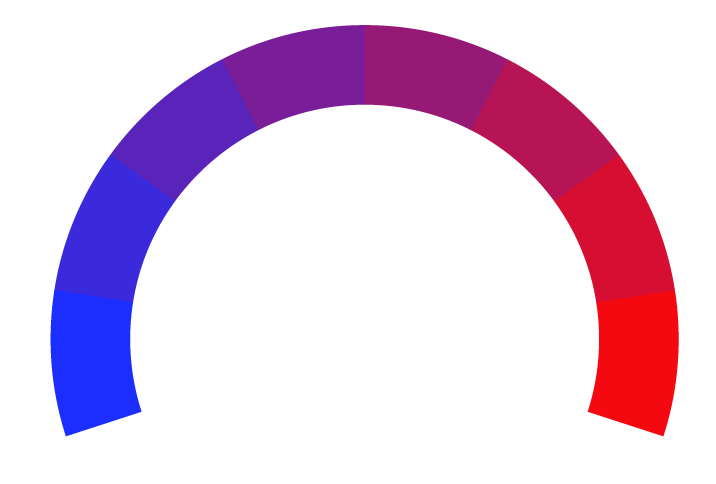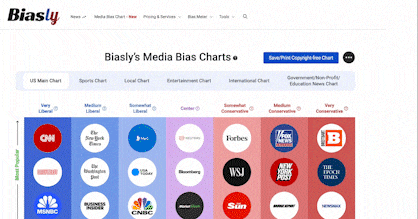 Los Angeles Times Article Rating
Los Angeles Times Article RatingEditorial: Who pays the bill for sheriff misconduct? You do
- Bias Rating
- Reliability
N/AN/A
- Policy Leaning
-40% Somewhat Left
- Politician Portrayal
N/A
Continue For Free
Create your free account to see the in-depth bias analytics and more.
By creating an account, you agree to our Terms and Privacy Policy, and subscribe to email updates.
Bias Score Analysis
The A.I. bias rating includes policy and politician portrayal leanings based on the author’s tone found in the article using machine learning. Bias scores are on a scale of -100% to 100% with higher negative scores being more liberal and higher positive scores being more conservative, and 0% being neutral.
Sentiments
N/A
- Liberal
| Sentence | Sentiment | Bias |
|---|---|---|
Unlock this feature by upgrading to the Pro plan. | ||
Reliability Score Analysis
Policy Leaning Analysis
Politician Portrayal Analysis
Bias Meter
Extremely
Liberal
Very
Liberal
Moderately
Liberal
Somewhat Liberal
Center
Somewhat Conservative
Moderately
Conservative
Very
Conservative
Extremely
Conservative
-100%
Liberal
100%
Conservative

Contributing sentiments towards policy:
47% : Ideally, monetary judgments attributable to any kind of law enforcement misconduct would be paid by the department responsible for them, creating a built-in incentive for sheriff and police leaders to adopt internal policies to prevent similar behavior in the future.46% : If law enforcement agencies were private businesses, they would buy insurance to cover legal liabilities, and those insurers would respond to large judgments by requiring a comprehensive overhaul of operations.
44% : But in law enforcement, there are several broken links in the accountability chain.
41% : The victims and survivors of law enforcement misconduct who can't go after individual officers can still sue police and sheriff's departments, resulting in billions of dollars of liability nationwide -- $2 billion over five years for the nation's 20 largest police agencies, according to a 2020 Wall Street Journal analysis.
*Our bias meter rating uses data science including sentiment analysis, machine learning and our proprietary algorithm for determining biases in news articles. Bias scores are on a scale of -100% to 100% with higher negative scores being more liberal and higher positive scores being more conservative, and 0% being neutral. The rating is an independent analysis and is not affiliated nor sponsored by the news source or any other organization.






















